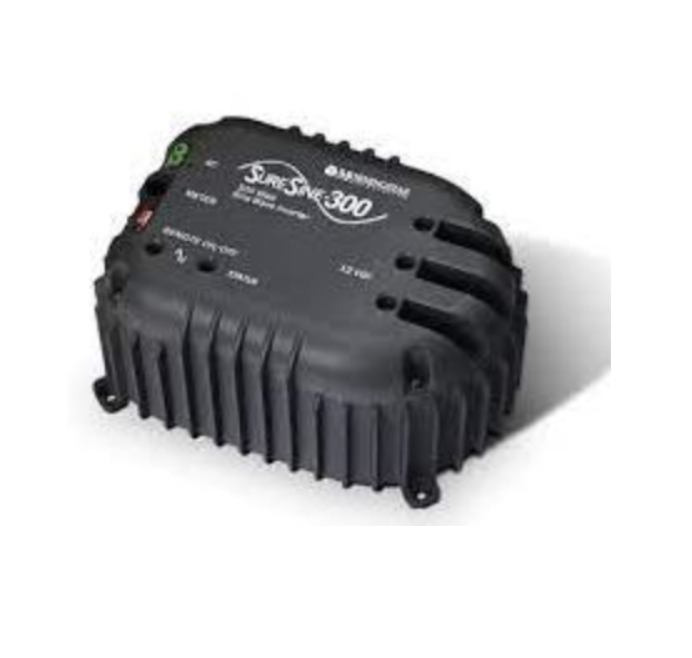Power Inverters

Essential devices for converting direct current (DC) from batteries or other energy sources into alternating current (AC), power inverters are used just about everywhere you can imagine to carry out the work that needs to be done when direct current is not up to the job. They are found in off-grid, backup, and portable power situations and are often what's between a solar array and the appliances being powered.
Contemporary power inverters possess elevated features that further their usability and function. They feature LCD screens that allow users to monitor and see what the inverter is doing in real time because it outputs the electrical power that the users want to see. These reliable power inverters also have multiple AC outlets that allow for a simple connection of several different devices. And in the area of safety, modern inverters have all sorts of protective mechanisms that are supposed to ensure the inverter, the user, and the connected devices stay safe. When looking for any brand inverter, there are options that come in both portable and installed forms, inverter functioning at several power-limiting levels.
More Information about Power Inverters
Ensuring resilience and independence in energy is also a vital job of power inverters. They are a necessary part of any renewable energy system. Such systems produce DC power that must be converted into AC power in order for it to be used in the circuitry of most customers' homes or businesses. Countless numbers of inverters are working away in solar power plants in this country. In these plants, the solar panels convert sunlight into DC power, and the inverters convert that power into the usable AC power that is needed to run all of the plants’ 50,000 light fixtures.
Differences Between Power Supplies, Inverters and Transformers
Power supplies
A power supply converts one type of power to another. The most common example is a power supply that takes AC voltage and converts it to DC voltage. While it is very common to use power supplies in industrial applications, one very common place to see a power supply used is for the devices such as: smartphones, laptops or tablets. Most devices come with a power cord that has a bulky block on the end of it. This block is where the power supply is located. Most devices do not use AC power, which is the type of power being supplied to homes. They use some form or DC power. The power supply changes the AC voltage to the correct DC voltage for the device.
Inverters
Inverters work in a similar way to power supplies, with one major difference, instead of converting AC power to DC power, the inverter does the opposite. It converts DC power to AC power. DC power is created by devices such as solar panels or batteries, but most homes require AC power. To convert the DC power that is generated by the solar panels, an inverter is used.
Transformers
Transformers convert one type of AC power to a different type of AC power. For example, homes commonly use 120 VAC and automatic sprinkling systems have valves that require 24 VAC. A transformer converts 120 VAC to 24 VAC so the sprinkler valves can operate properly. Transformers come in many different shapes and sizes. and can convert AC power up or down.

